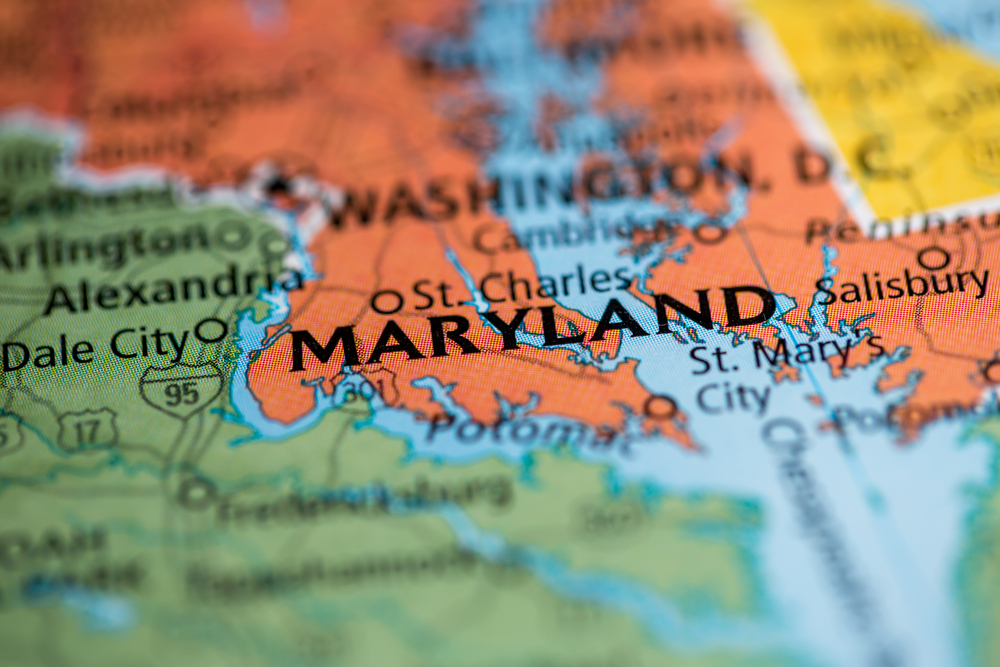Innovative WIOA Planning in Maryland’s Capital Region
Capital Region Workforce Development Boards
The Capital Region Workforce Development Boards serve Frederick County, Montgomery County, and Prince George’s County, Maryland, a diverse and economically dynamic area. Collectively, these counties represent nearly 2.5 million residents and a labor force of over 1.2 million individuals, accounting for 38% of Maryland’s total workforce. Each county is characterized by unique economic drivers, demographic profiles, and workforce needs.
The Challenge
The Capital Region faced unprecedented workforce challenges exacerbated by the COVID-19 pandemic, including economic disruptions, shifting labor market demands, and deepening inequities in access to training and employment opportunities. The region needed a unified, actionable plan to bolster economic recovery, align workforce initiatives with in-demand industries, and overcome systemic barriers such as limited transportation options and disparities in digital access.


A Unified, Actionable WIOA Plan
TPMA partnered with the Capital Region Workforce Development Boards to design and implement an innovative 2020–2024 WIOA Regional Plan. This comprehensive strategy was grounded in labor market data, stakeholder collaboration, and alignment with Maryland’s “Benchmarks of Success” framework. The plan achieved the following:
Industry-Driven Workforce Strategies
- Identified and prioritized growth industries such as healthcare, IT, construction, biotechnology, and advanced manufacturing.
- Collaborated with regional employers to align training programs with real-time labor market needs.
- Outlined support for industry-specific initiatives like the Biotech Bootcamp and Community Health Worker programs to address skill gaps and foster sustainable careers
Regional Collaboration and Resource Integration
- Streamlined workforce development services across counties to ensure consistency and efficiency.
- Fostered partnerships between workforce boards, community organizations, and educational institutions to maximize impact and share resources.
Addressed Barriers to Workforce Participation
- Implemented targeted strategies to support underserved populations, including those with disabilities, limited English proficiency, and justice-involved individuals.
- Advocated for infrastructure projects like the Purple Line to enhance transportation access and regional connectivity.
- Developed comprehensive support services, including childcare assistance and subsidized transit options.
Equity and Inclusion Initiatives
- Focused on reducing disparities in access to training and employment opportunities by tailoring programs to meet the needs of diverse communities.
- Leveraged data-driven approaches to ensure equitable outcomes for marginalized groups.
Conclusion
In partnership with the Capital Region Workforce Development Boards, TPMA delivered a transformative approach to workforce development, combining innovation, collaboration, and a commitment to equity. This initiative not only addressed immediate recovery needs but also established a lasting foundation for economic prosperity, ensuring that every resident has the opportunity to thrive in Maryland’s Capital Region.
For more information on how we support WIOA Strategic Planning, contact us here.

